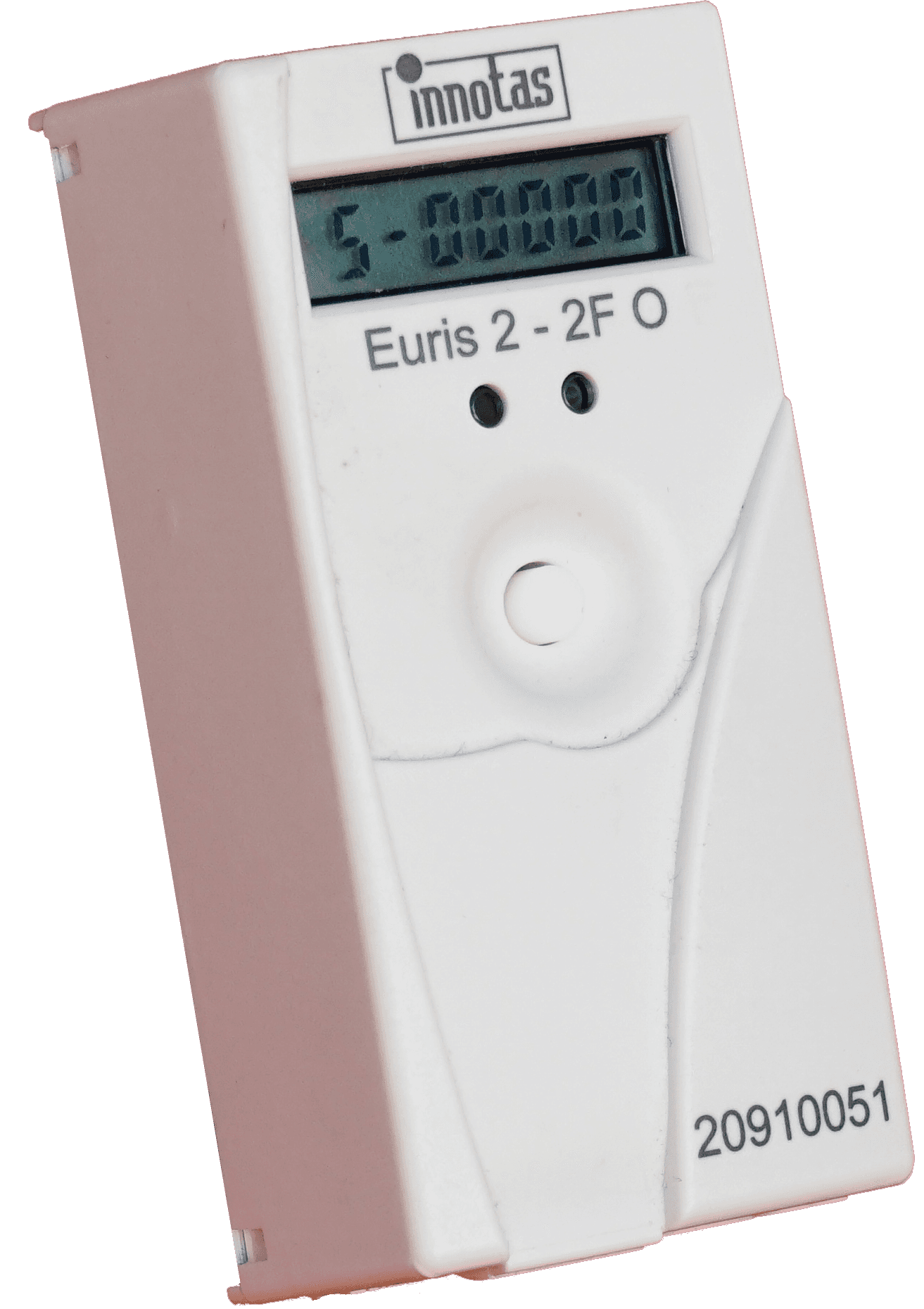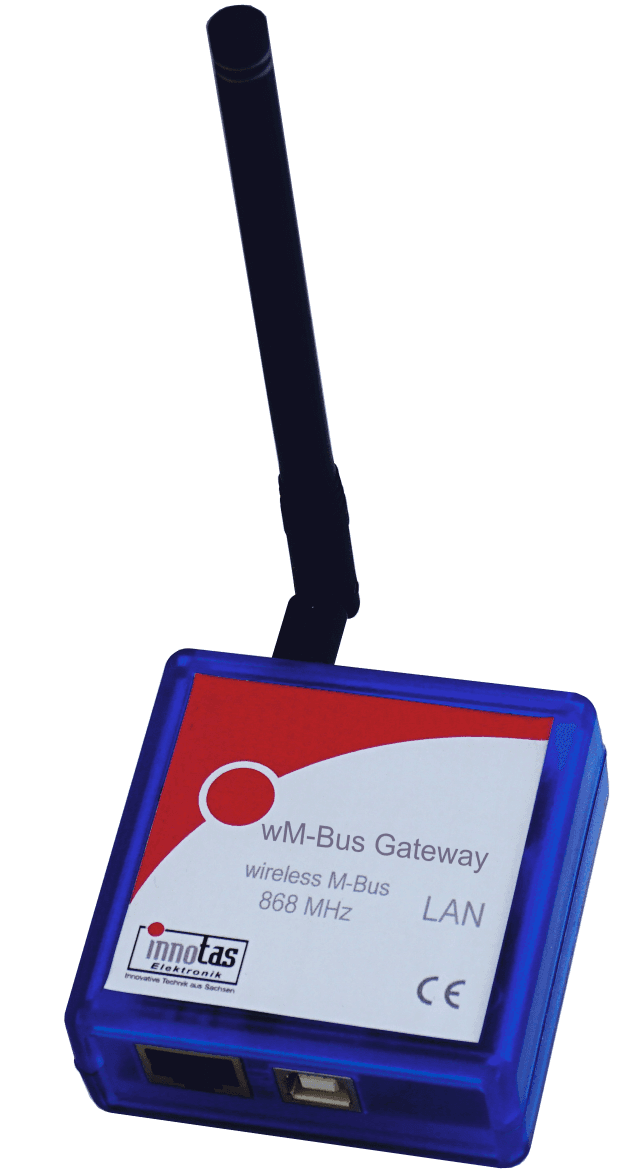Radio system wM-BUS T/S-Mode
Electronic heat cost allocator (eHCA)

The HCA EURISII is available as a 1-sensor and 2-sensor device and can optionally be supplied with an optical and / or radio interface. The wM-BUS protocol in accordance with DIN EN13757-4 in T1 or S1 mode is used as the radio protocol. The transmitted data can be encrypted with AES128 according to the OMS standard. The HCA in 1-sensor version measures the temperature of the radiator surface in the range 20-110 ° C. The radiator temperature is offset against a fixed reference temperature of 20 ° C to produce a consumption value. With the 2-sensor device, the room temperature is also measured and the consumption is determined using the differential temperature. Therefore, these devices are more accurate and even less sensitive to manipulation attempts. In addition, various functions are implemented that prevent cold counting in summer. For the “self-reading” of the consumption values by the user, a check number to verify the validity of the reading can also be displayed (postcard reading).
















